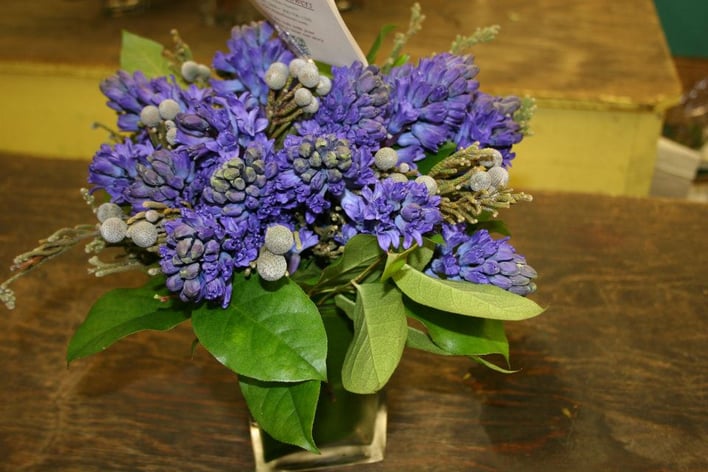the daisy in the vase
sits by the window
with its feet dipped in water
its drooping head
drinking in sunshine
By Lea Rose

photo credit: via gardenguides.com
The English Daisy is one of the most popular and traditional flowers of all time and to this day, remains to be a favorite for many. Wildly grown and used as a natural romantic predictor for whether “he loves me, he loves me not,” (derived from French origin - effeuiller la marguerite) this bloom has made a considerable symbolic impact within a variety of cultures.
The physical attributes of the flower are known for its’ daintiness and sweet appeal. Each head of yellow is surrounded by white petals and tipped with pink at the very edges. Being the “sister” to the white daisy, the English variety also grows in clumps, giving off several different shoots during its blooming stage. The petals are dark colored in green and have a soft, plush texture when rubbed between your fingers. Typically, the English Daisy blooms right before Easter, telling all that spring is close to arrive but if the weather is temperate during the fall, you might see a re-shoot of the plant before the coldness of winter sets in.
Since this flower is thought to be an older species, it’s meaning can be traced back to times during the Renaissance and probably even beforehand. Artists sought out the flower for many paintings, particularly those with a theme of innocence and purity. As stated before, one of the greatest purposes of the English Daisy was an efficient tool to foretell the future. Children often played games such as “Rich man, Poor Man, Beggar Man, Thief, Doctor, Layer, Banker, Chief” to see what occupation they would someday have by taking one petal off for each different title. When there was one left, a girl would know what her future husband would have as a career. Another use would be for a young female to close her eyes and rip out of clump of flowers from the base of the roots. If she pulled out five buds, then it would be five years until she wed.
Other depictions of the English Daisy can be connected to calmness where it is believed if you hang pictures of the flower in your home, you will attract a sense of peace and calmness for all those who live there. “Rebirth” is another common meaning where the stems are layered on top of recently deceased gravesites as a well wish for the life after. “Gentleness is another huge theme behind the flower and is shown by making wreaths placed atop heads as a token symbol.











